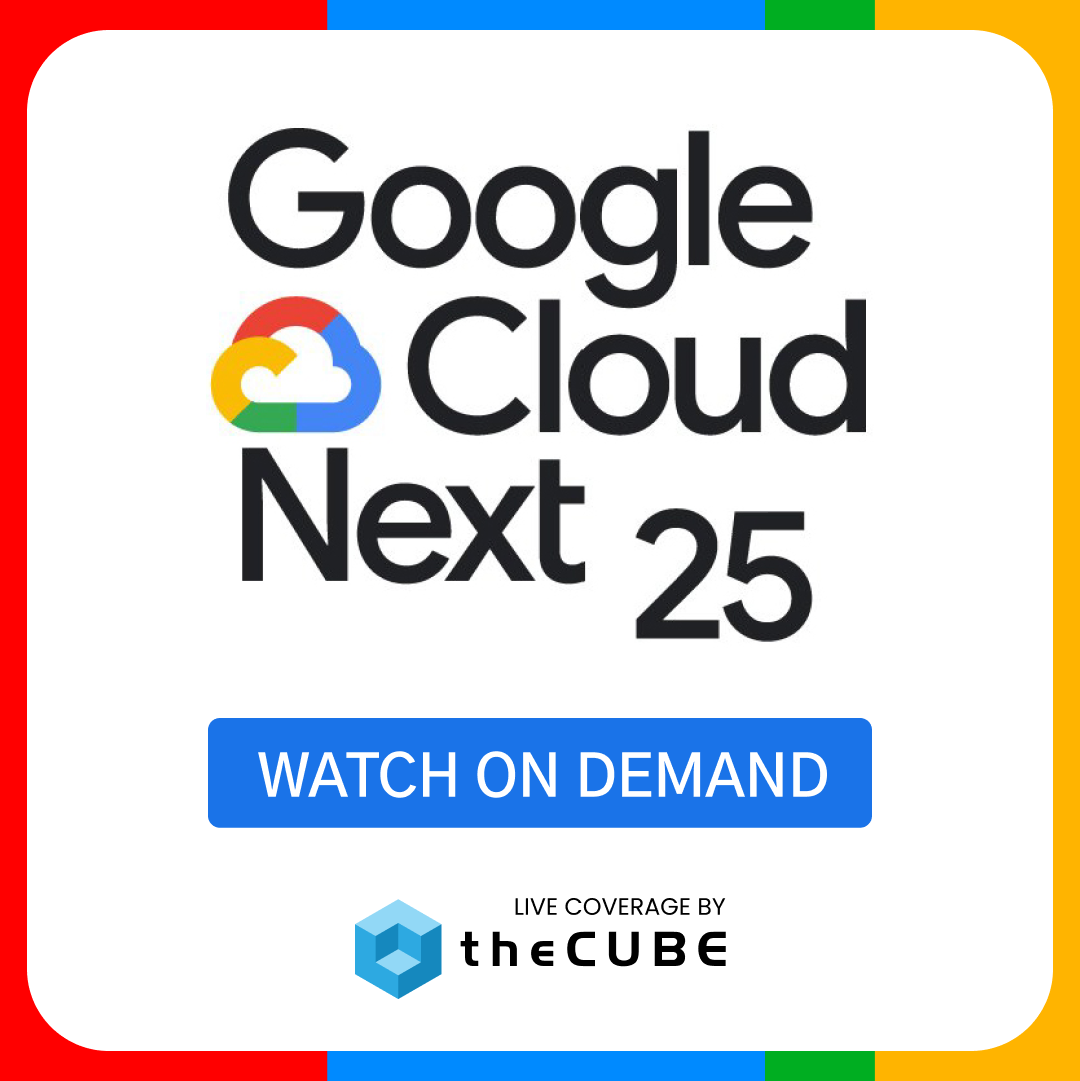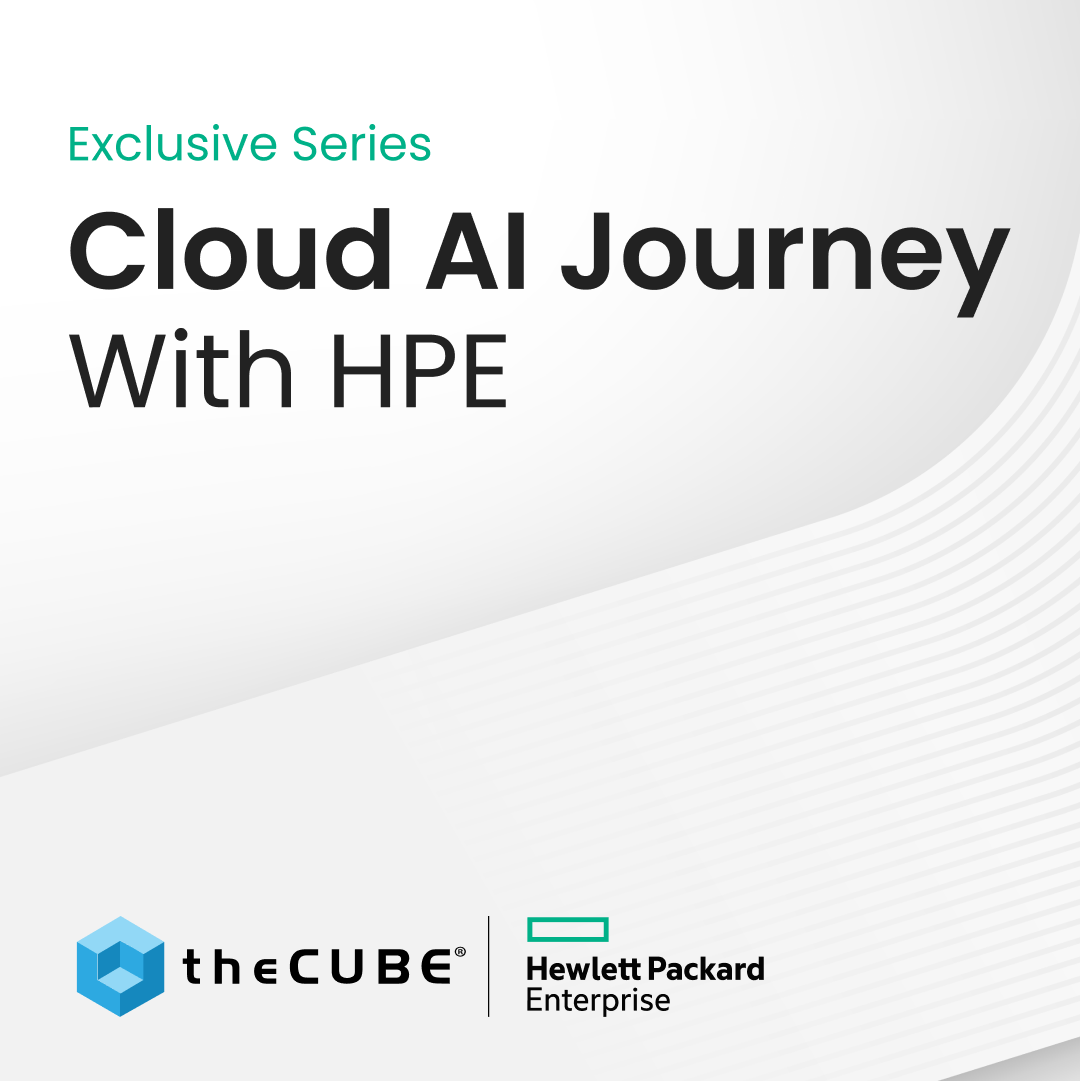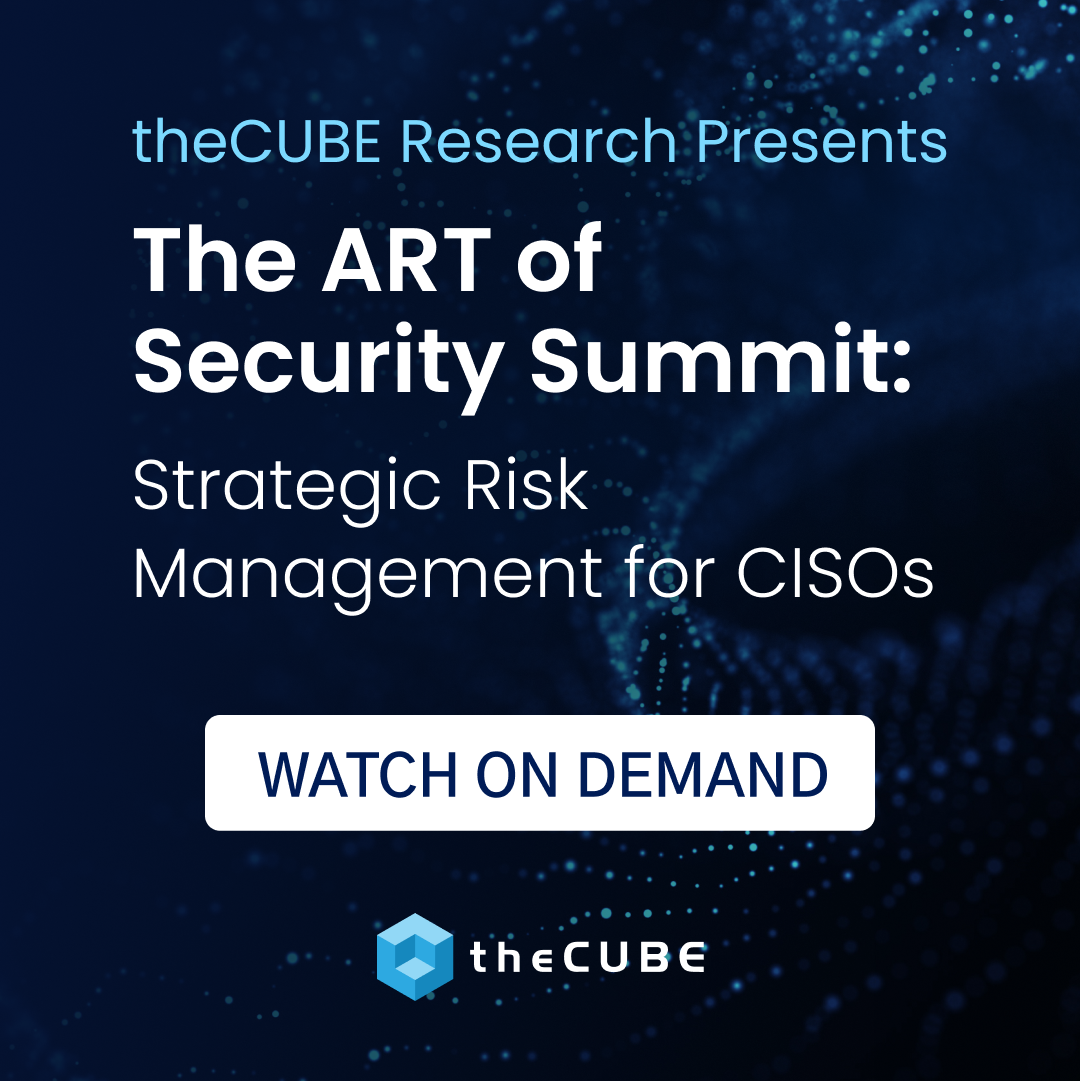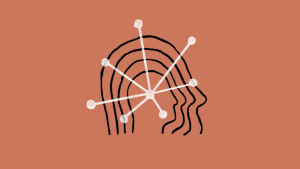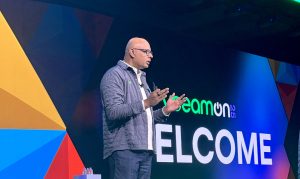Steve Jobs Personally Demonstrates Why Designing for the Early Adopter is Perilous
![]() When I originally saw this post that’s making the rounds today over at Boy Genius Reports, the responses that immediately sprung to mind were along the lines of “the Chris Brogan’s of the world are going to have a field day with this one.”
When I originally saw this post that’s making the rounds today over at Boy Genius Reports, the responses that immediately sprung to mind were along the lines of “the Chris Brogan’s of the world are going to have a field day with this one.”
In case you missed this whole thing, what you need to know is that the iPhone 4 has some serious problems relating to it’s antennae, most evident when held with your left hand, to the point where it’s almost impossible to use the phone as, well, a phone. To further add to the hilarity, you also need to know that Steve Jobs occasionally responds to emails personally addressed to him, and rarely does he ever respond with anything much longer than a sentence or two.
Most Apple fans will say that this is part of his charm. “Steve’s so awesome, he doesn’t need to use as many words as the rest of us.”
Apple haters will, on the other hand, will point to this as evidence that Apple leans far too heavily on Job’s reality distortion field that the rest of the world hangs on his every rare word.
The email exchange in question today bore all the marks of a particularly bad customer service experience waiting to happen. Anyone that’s had even the smallest amount of customer service training in their lifetime will recognize this customer as one who’s already blown his gasket and is looking for someone to take the blame and make it right.
I strongly suggest you head back to the original post and read the whole thing. Here is the summary bits of the conversation:
First Email:
When we spoke, you would not tell me that there is a fix for this phone?
A friend just sent me this: http://www.boygeniusreport.com/2010/06/29/leaked-apples-internal-iphone-4-antenna-troubleshooting-procedures/
I assume there is no fix then. If this is legit, I have lost all respect for apple and just want to go back to Verizon and get a nice Android phone. And don’t tell me they have the same issues, all our co-workers with Androids are just mocking us right now….
No, you are getting all worked up over a few days of rumors. Calm down.
Second Email:
I am really insulted… “Calm down”…. “rumors”… What arrogance. Seriously, DO THE RIGHT THING. I just had dinner with 3 people who had iPhone 4s we all cant make calls without dropping.
Second Jobs Reply:
You are most likely in an area with very low signal strength.
Third Email:
Stop with jackass comments. I have has every iphone made. They all had a bad signal but this is the so much worse X3.
Third Jobs Reply:
You may be working from bad data. Not your fault. Stay tuned. We are working on it. Retire, relax, enjoy your family. It is just a phone. Not worth it.
As you might well imagine, someone like me just roils with laughter reading a conversation like this. I can imagine John Gruber’s head spinning around like that little girl’s from the Exorcist, exclaiming “How DARE this man not know greatness when it emails him!”
Beyond the cheap laughs and the potential lessons in customer service we could all give Steve Jobs, this is also a cautionary tale for those of us in the business of tech: be careful about designing for your core audience – your early adopter community – in perpetuity.
As we learned from the lessons of Friendfeed, graphed so succinctly by Louis Gray in his Early Adopter Life Cycle chart, your early adopter community will always turn on you eventually. Apple seems to have defied these odds, to a certain extent, but they’re face with a whole new problem: what happens when your products designed for the early adopter reach mainstream acceptance?
![]() We in the early adopter communities know that when you have a service or product you like, you’re somewhat forgiving of the minor quirks and bugs. As Louis says: “The adopter will not only be a frequent user of the service, but will track other posts or comments about it everywhere, and repeat the agreed upon talking points. Should they actually find a major issue with the product, they will e-mail or call the developers directly, rather than making the issues public.”
We in the early adopter communities know that when you have a service or product you like, you’re somewhat forgiving of the minor quirks and bugs. As Louis says: “The adopter will not only be a frequent user of the service, but will track other posts or comments about it everywhere, and repeat the agreed upon talking points. Should they actually find a major issue with the product, they will e-mail or call the developers directly, rather than making the issues public.”
Here’s the question, then for us with knowlege of both of these worlds. Does Louis Gray’s life cycle of early adopters break down when it hits the mainstream? Or is Apple, as a company, hitting the dreaded latter stages of the lifecycle with a portion of it’s base: Entitlement and Migration?
Here’s how Louis describes these stages:
4. Sense of Entitlement, Nitpicking and Reduced Use
At this point, often in part due to favorable feedback from the service’s authors, the early adopter feels a sense of entitlement, that the product absolutely must be architected in the way they say so, even if to move in that direction wouldn’t serve the larger installed base. Now, instead of suggesting quick ways the service could update, the calls are more like ultimatums, and if not quickly seeing a response, the early adopter can get extremely frustrated, at times, seeing this annoyance bubble up to the same degree their first comments on the product reeked of praise.
Now disgruntled, the early adopter can be seen using the product less frequently, with less enthusiasm, and will even take consecutive days off, hoping the remaining audience notices the change.
5. Migration to Something New, Call to Move Followers
Having come full circle, from the exciting discovery stage, where the adopter considered themselves a team player, helping a threadbare company grow on the back of continuous praise and promotion, to a high-profile user role, the individual can come crashing down, lashing out at the product, the company’s leadership or the product direction. The adopter often finds a tangential service that now draws their eye, and is seen as a replacement for the original product.
The adopter will, at this point, start heaping lavish praise upon the new product, in a quest to assert their dominance, and prove that they can, again, make a service successful, and to prove that all their belly-aching in the preceding months was valid. The adopter will use their blog and both the new and old service to call followers to migrate as a group, both helping the new shiny toy, and in turn, damaging the old one, out of spite and frustration.
I know that a number of folks in my personal circle of friends have already reached the “migration” stage, though that could be a quirk of the numbers. If Steve Jobs himself attracts fanboys to him, I’m the polar opposite and have found recently that I’m a magnet for all manner of folk displeased with the Apple.
I think a much stronger case could be made that we’re seeing the start of the Entitlement phase for Apple, though. At this point in the company’s development, devotees expect a certain level of polish on their products when they’re sent out the door (despite a long history of the first version of every new product being fraught with one minor design flaw or another). When a phone mistakenly walks out the door at launch and isn’t able to make phone calls, well, that’s the sort of touchpoint for disaster that epic technology tales are made from.
Project Bac’n: Do you remember the sixth of November (in 2007)?
If you can stretch and think back a few years, back in 2007, you’ll recall that Facebook was still an early adopter darling. Tech heroes of mine at the time were still enamored with it: Robert Scoble, Ken Rutkowski, Leo Laporte. No one had heard of a “privacy issue” back then, and MySpace was still king of the mainstream heap.
And then Facebook launched Project Beacon, which made unwitting product endorsers of us all. All of the public relations problems Facebook experiences to this day can be traced back to November 6, 2007, when this “feature” was debuted to an audience of advertisers and marketers in San Francisco’s Ad:Tech that year.
It was the touch point for something that had been brewing for a while: the entitlement phase of Louis Gray’s early adopter cycle. For nearly a year or more, my ![]() tech heroes had been evangelizing Facebook and all its benefits as a distribution channel for produced media. True engagement for the early adopters was starting to take shape as well as engagement with mainstream audiences, which means that if history is any guide, the entitlement phase was right around the corner.
tech heroes had been evangelizing Facebook and all its benefits as a distribution channel for produced media. True engagement for the early adopters was starting to take shape as well as engagement with mainstream audiences, which means that if history is any guide, the entitlement phase was right around the corner.
I fell right into that category, so to speak. I lead the charge in my criticisms of Beacon at Mashable right along with writers from Techcrunch, ReadWriteWeb and elsewhere, constantly dripping on the problems presented by Project Beacon until Facebook finally killed the program some months later.
That, though, is the only compelling example of Louis Gray’s Early Adopter Lifecycle as applied to a mainstream product that springs to my mind. There may be others, but certainly one example does not an unbreakable law make.
Stumped, I talked to Louis today to get his take, and he reminded me that this isn’t actually as isolated as I might have previously imagined. He pointed to the points in Twitter’s history where this crossroads of early adopter entitlement intersected with the mainstream like when Twitter modified how @replies worked as well as when the retweet functionality was modified and incorporated into Twitter’s core functionality.
In both of those cases, the user revolt and loud outcry from many users was enough for others in the mainstream to take notice.
I think what we’re seeing here with Apple products, particularly when you limit the scope to those of the iVariety, is exactly the same thing. Louis described to me the experience of being an Apple iFan in the early days when they’d pause their favorite TV shows and call their friends excitedly because they spotted an iPod on Law and Order.
Now, iFandom has spread far into the mainstream. The first iPod was only compatible with Mac systems, and had a firewire connection dongle. The experience of owning a somewhat buggy first run device on launch day came with the knowledge that there were some kinks to work through.
Nowadays, there are so many iUsers that when one of Apple’s devices is occasionally unable to make solid phone calls when you’re left-handed causes an uproar.
This changes everything, indeed.
A message from John Furrier, co-founder of SiliconANGLE:
Your vote of support is important to us and it helps us keep the content FREE.
One click below supports our mission to provide free, deep, and relevant content.
Join our community on YouTube
Join the community that includes more than 15,000 #CubeAlumni experts, including Amazon.com CEO Andy Jassy, Dell Technologies founder and CEO Michael Dell, Intel CEO Pat Gelsinger, and many more luminaries and experts.
THANK YOU





